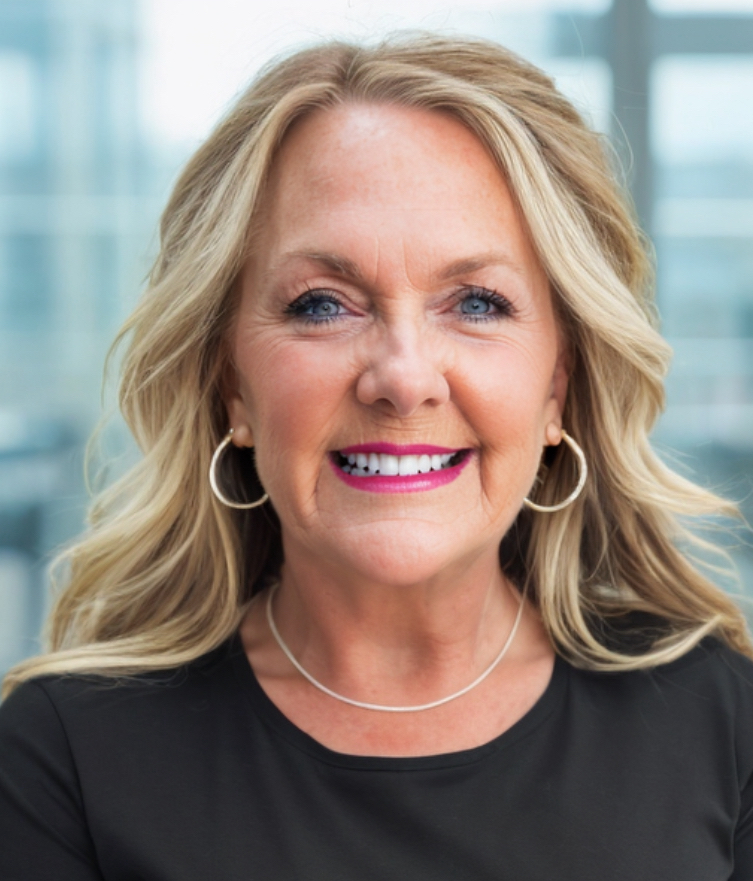Ageism is a form of discrimination against people based on their age, and it’s a concern in workplaces around the world—particularly as the workforce continues to age and demographics shift. While older workers face the most significant barriers in the workplace due to negative perceptions about aging, ageism can also affect younger workers starting out in their careers.
Shari Collins, owner and lead consultant at Shari Collins Consulting in Omaha, Neb., will present on how to recognize ageism and develop strategies to combat it at work during a session on Nov. 7 at SHRM INCLUSION 2024. The session is available to registered in-person attendees in Denver and to registered remote attendees.
Collins briefly discussed her upcoming session with SHRM.
 SHRM: How prevalent is ageism at work? What forms does it take?
SHRM: How prevalent is ageism at work? What forms does it take?
Collins: According to the World Health Organization, children as young as 3 understand ageism stereotypes. This means we have a lot of work to do to undo/unlearn these stereotypes that we may take into the workplace as adults.
According to AARP, 78% of workers who are 40 years old and over report seeing or personally experiencing ageism at work, and a separate study found that 49% of young professionals in the U.S. experienced ageism at work. It can take many forms throughout the employee journey, such as who is/isn’t interviewed and hired; who is/isn’t promoted; who is/isn’t given professional development opportunities; who is forced out of the company; and who is excluded and/or bullied.
Ageism often exists in the form of “coded language,” wording that’s seemingly neutral yet holds tremendous bias. Examples include:
- “You’re actually really good with technology,” with the implication being that “You are old, so I wouldn’t expect you to be so good with tech.”
- “You just graduated from college. What are your experiences with leadership?” No one is saying you’re too young to be a leader, but that’s the intent.
SHRM: What is one top strategy for combating ageism at work?
Collins: There are several, which are simple and easy to implement, such as forming intergenerational relationships, which is one way to disrupt ageist stereotypes. A study done in 2024 by LinkedIn stated that 1 in 5 workers up to age 27 haven’t had a single direct conversation with anyone over 50 in the last year, and that 40% of those over 55 haven’t had a single direct conversation with those 27 and under, either. Yet, 74% of all ages believe they can learn from other age groups. Let’s create space for these conversations.
Mentoring and reverse mentoring can be positive experiences for employees and can lead to higher job satisfaction with almost double the retention rate, according to Deloitte. Employee resource groups can create a sense of belonging and community for both young professionals and older employees.
We must stop using the “generational differences charts” with terms to categorize the various age groups. Ageism experts are demanding that we stop using these “generational terms” that reinforce society’s ageist stereotypes, which can reduce productivity and innovation. When generational terms are used, it is yet one more way to “other” people and categorize people at work.
One strategy that most people don’t know about is using a “Shadow Board of Directors.” On these boards, young professionals are given real strategic initiatives to work on alongside executives. These shadow boards can shift corporate culture by introducing new perspectives from young professionals to execs. This can bridge the gaps between the generations and reduce workplace hierarchies.
SHRM: What can attendees expect to take away from your session?
Collins: Research shows 91% of organizations had I&D strategies and goals, but only 8% of those included age as part of the strategy or training. How are we supposed to get better if workplaces aren’t including it in their training or their I&D plans and strategies?
We are going to define ageism’s impact on both older and younger employees, share data, and talk about coded language and protections against ageism bias.
Examples of immediate action steps will be shared to take back to attendees’ organizations to create age-inclusive work environments, where all ages are seen, valued, heard, and appreciated.
An organization run by AI is not a futuristic concept. Such technology is already a part of many workplaces and will continue to shape the labor market and HR. Here's how employers and employees can successfully manage generative AI and other AI-powered systems.




